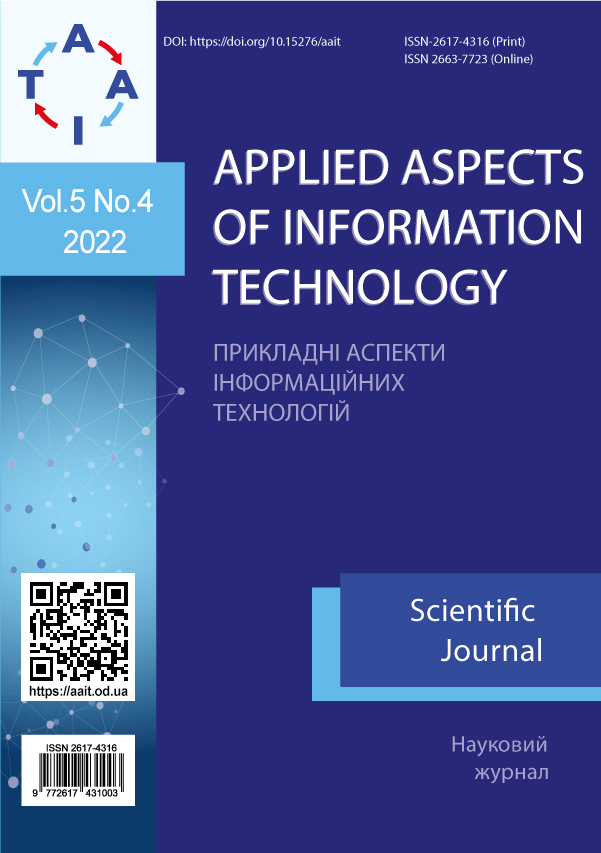Structural and parametric models of hydro-aerodynamic systems for increasing the efficiency of energy infrastructure facilities
Main Article Content
Abstract
An analysis of the energy consumption structure in Ukraine shows that it is necessary to take into account the current global trends in energy efficiency during the post-war restoration of such key energy infrastructure facilities as heat and electricity generation heat hydro-aerodynamic systems and water supply ventilation air conditioning. etc. However the analysis of existing information technology for computer-aided design of energy facilities which are based on hydro-aerodynamic systems. Showed that the models and methods of structural and parametric synthesis of components of hydro-aerodynamic systems (generating energetically active basic elements and network energetically passive auxiliary elements) do not fully take into account the influence of the state of real hydro-aerodynamic processes in the formation of a base of typical design solutions of elements. This leads to a decrease up to 40% of the energy efficiency of the designed infrastructure facilities. Therefore the development of structural-parametric models of energy-efficient hydroaerodynamic systems and the creation on their basis of an appropriate information technology integrated in engineering computer-aided design is especially relevant during the post-war restoration of Ukraine energy infrastructure facilities. When developing structuralparametric models of energy-efficient hydro-aerodynamic systems. The following tasks were solved: based on a comparative analysis of the possibilities of structural. Parametric and structural-parametric synthesis of energy-efficient hydro-aerodynamic systems to create information technologies integrated in machine-building and engineering computer-aided design systems. a structural parameter was reasonably chosen; structural-parametric models of an energy-efficient hydro-aerodynamic system and its components (network and generating parts) have been developed; a logical-numerical model for generating technical proposals for the structural-parametric synthesis of energy-saving hydro-aerodynamic systems taking into account the advantages of using the topological properties of graph models in the space-time domain has been developed; the definition of additional target parameters of the structural-parametric model of the hydro-aerodynamic system is proposed. The developed models were used to create an information technology for the structuralparametric synthesis of energy-saving hydro-aerodynamic systems integrated in computer-aided design. Approbation of the proposed information technology showed that the reduction of hydro-aerodynamic resistance in the network part of hydro-aerodynamic systems made it possible to increase the energy efficiency of the synthesized hydro-aerodynamic systems from 25 to 45%. This was performed by reducing the energy expended to provide the specified consumption of the working fluid created by the main elements such as feed pumps blow fans and smoke exhausters.



